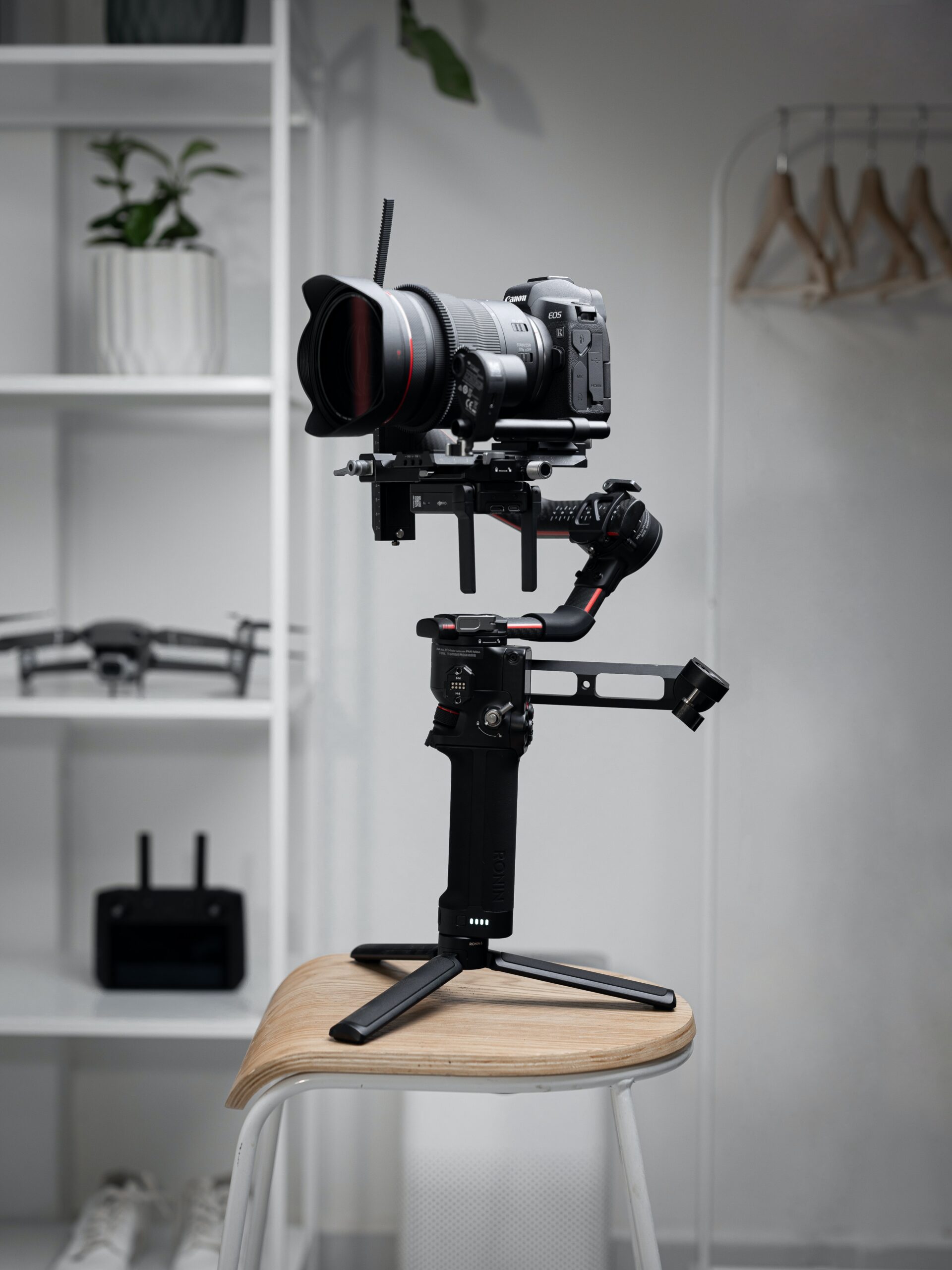Camera ACESSORIES: Remote shutter, tripod, and lens
Are you having thoughts about which camera accessories to buy next? With so much equipment to choose from, it’s difficult to know what you need or where to begin. You’ll learn about the key camera accessories in this post, which may help you take better photos, protect your gear, and keep you shooting in any setting.
1. Fast Prime Lens – camera accessories
If you purchased your camera with the normal kit lens, you will almost certainly want to purchase additional lenses to expand your creative photographic options.
A baffling range of camera lenses is available, making selecting your first additional camera lens difficult. Most skilled photographers, on the other hand, will advise you to start with a fast prime lens.
A primary lens has a fixed focal length and does not have a zoom feature. This may appear to be a major constraint at first, however the image quality achieved by a prime lens is superior to that of a zoom lens. This is due to the fact that prime lenses contain fewer glass components, leading in clearer images, less weight, less complexity, and less things to go wrong.
The term “fast” refers to the lens’s big maximum aperture size. This helps you to capture more light in less time, allowing you to use faster shutter speeds in low-light situations while still achieving sharp, well-exposed photos.
TYPES AND BENEFITS
Look for an f-number on the lens barrel to determine the maximum aperture. The maximum aperture is indicated by the prefix “f/” or “1:,” for example, “f/2.8” or “1:2.8.” The faster the lens, the lower the f-number. “Fast” refers to a lens with an f-number of F2.8 or less.
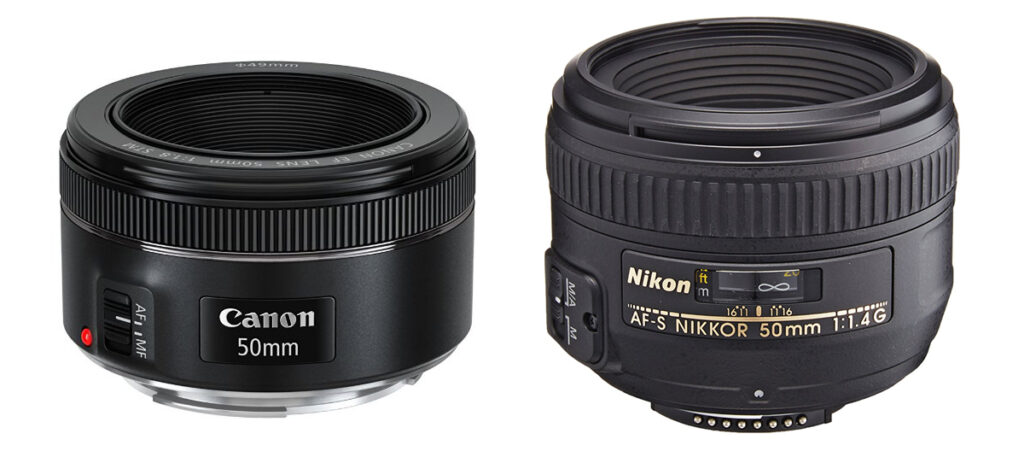
Large aperture sizes have the added benefit of allowing you to achieve a very desirable and attractive shallow depth-of-field, which is especially useful with DSLR and mirrorless cameras. This results in a lovely blurred background, which is ideal for highlighting your subject against a distracting background or foreground.
Prime lenses exist in a variety of focal lengths, such as 24mm, 50mm, and 80mm.
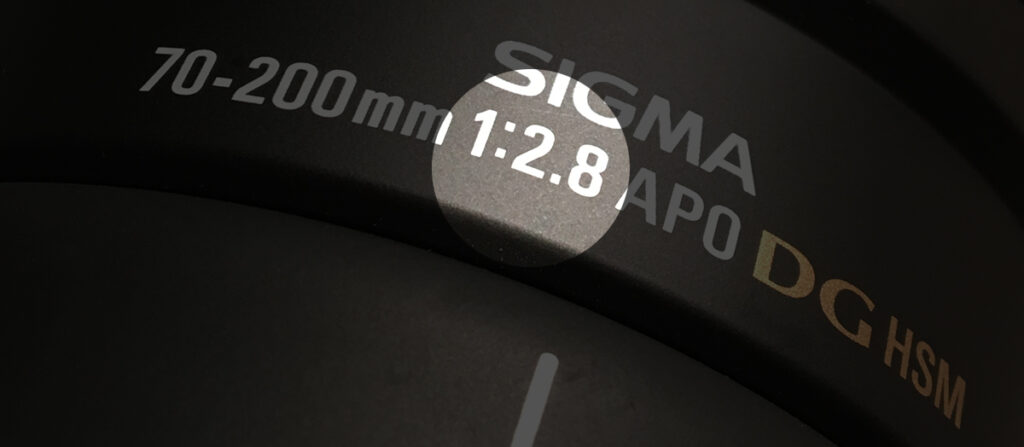
A 24mm prime lens has a broad field of view, making it ideal for landscape photography and other situations when you want to capture more of the environment. Lens distortion occurs when wide angle lenses are used, causing straight lines to appear slightly bent, resulting in unfavourable photographs with deformed facial characteristics.
A 50mm prime lens is a fantastic all-around lens that captures the scene just as we see it — with no lens distortion.
For portrait photography, an 80mm prime lens is frequently utilised since it is seen to be more flattering on face characteristics. It also allows you to stand a little further away from your portrait subject, which is less daunting than having the camera near to the subject’s face.
2. Tripod
A tripod is required for any type of photography in which the camera must remain totally motionless while being photographed. Low-light photography, long exposures, landscape photography, self-portraits, and macro photography are all examples of this. A nice example of a tripod is the SLIK Sprint Pro II GM Tripod shown below.
To capture enough light for a successful exposure in low light, your camera will need to use a slower shutter speed. The results will be fuzzy if the camera moves while shooting the shot. By keeping the camera completely motionless, a tripod addresses this difficulty.
Taking many photographs of the same scene is common in product, landscape, and portrait photography. A tripod can operate as a “third hand” in certain scenarios, freeing up your two hands to make modifications to your object or portrait subject.
TYPES AND BENIFITS
A tripod comes in handy when taking sequence composite images, such as when your subject is moving across the scene and you want to record them multiple times to show the movement. I used a tripod to maintain the camera in the same position while taking many burst images to create the image below.
Tripods come in a variety of sizes. Small or medium-sized tripods can usually handle a smaller, lighter DSLR with a kit lens. Larger tripods are preferable for supporting larger DLSR cameras and lenses.
Budget tripods are frequently comprised of heavier, less expensive materials, so consider a carbon-fiber tripod if you require a lightweight tripod.
There are various more compact alternatives to a conventional sized tripod if a regular sized tripod is overkill for your type of photography.
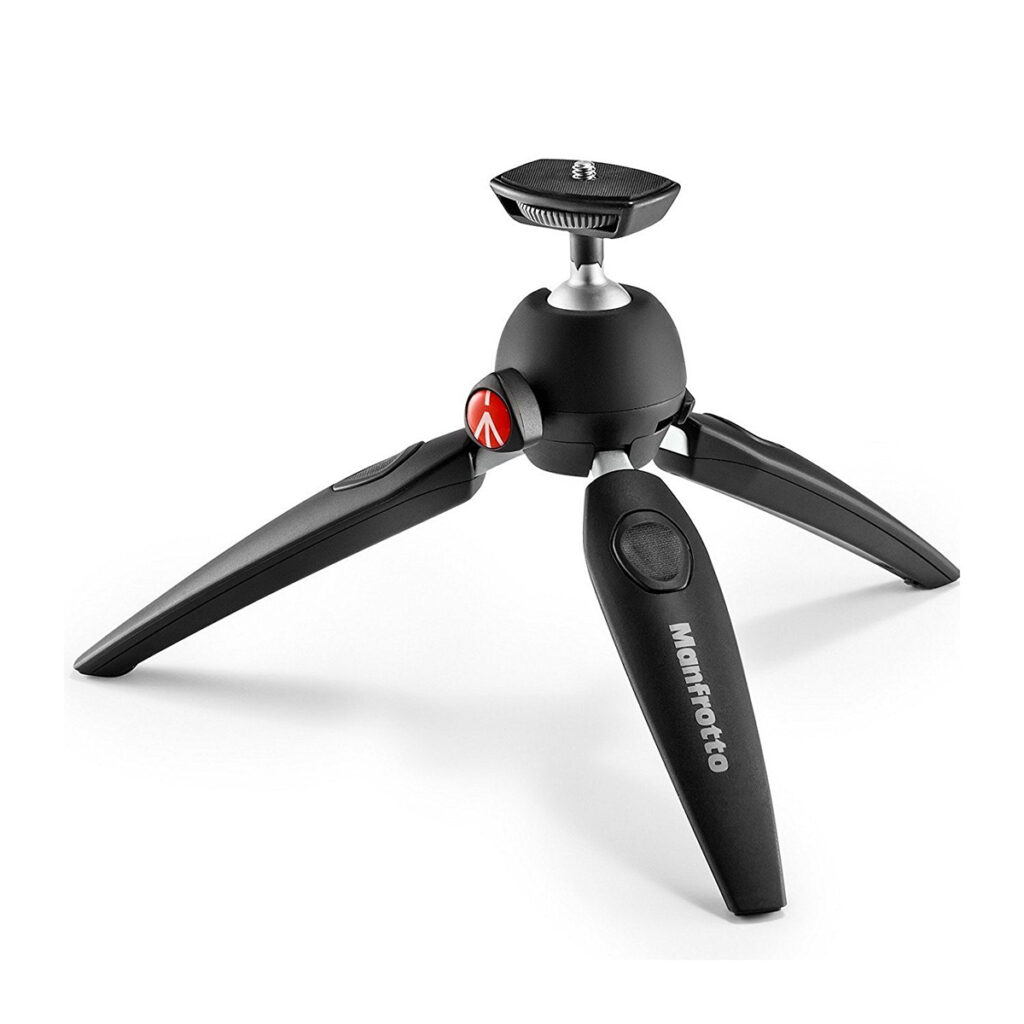
Take a look at the Manfrotto Pixi Evo Mini Tripod above or one of the larger Joby Gorillapod tripods below.
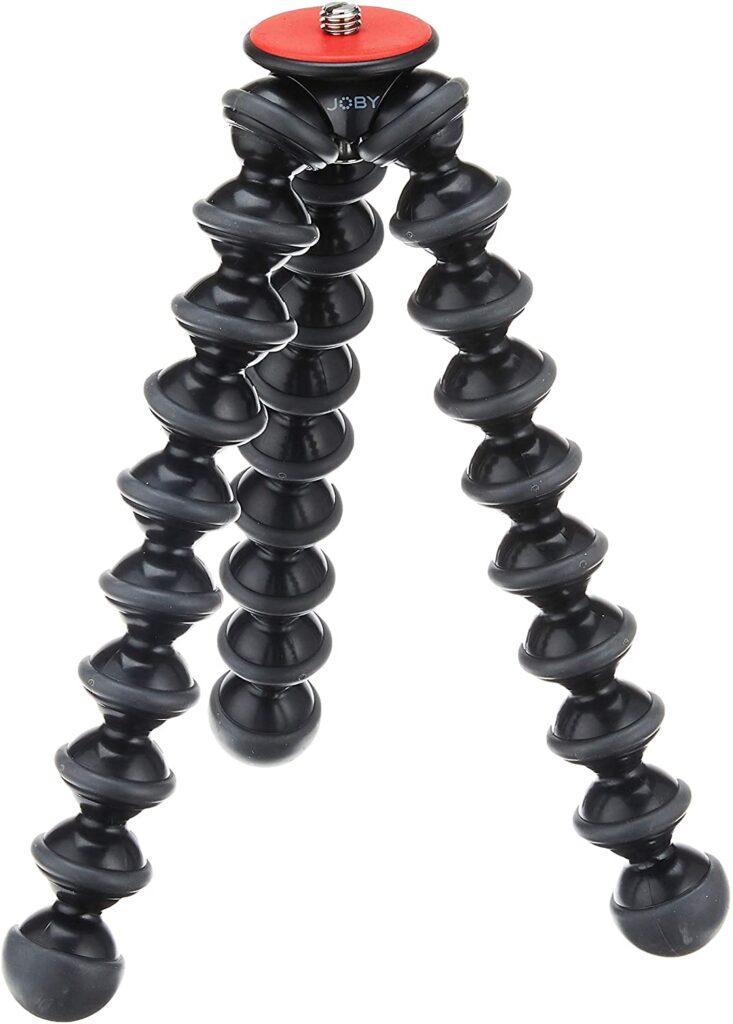
But make sure the model you purchase is big enough to hold your camera and lens.
3. Remote Shutter Release – Camera Accessories
Without activating your camera’s built-in timer, how can you include oneself in a group photo? What’s a good method to picture the birds on the birdfeeder with your camera up close without scaring them away? Is it possible to take a long exposure without creating camera shake?
A remote shutter release can assistance in all of these occasions.
Some cameras use Infrared or Bluetooth to trigger the shutter using official or third-party remote buttons.
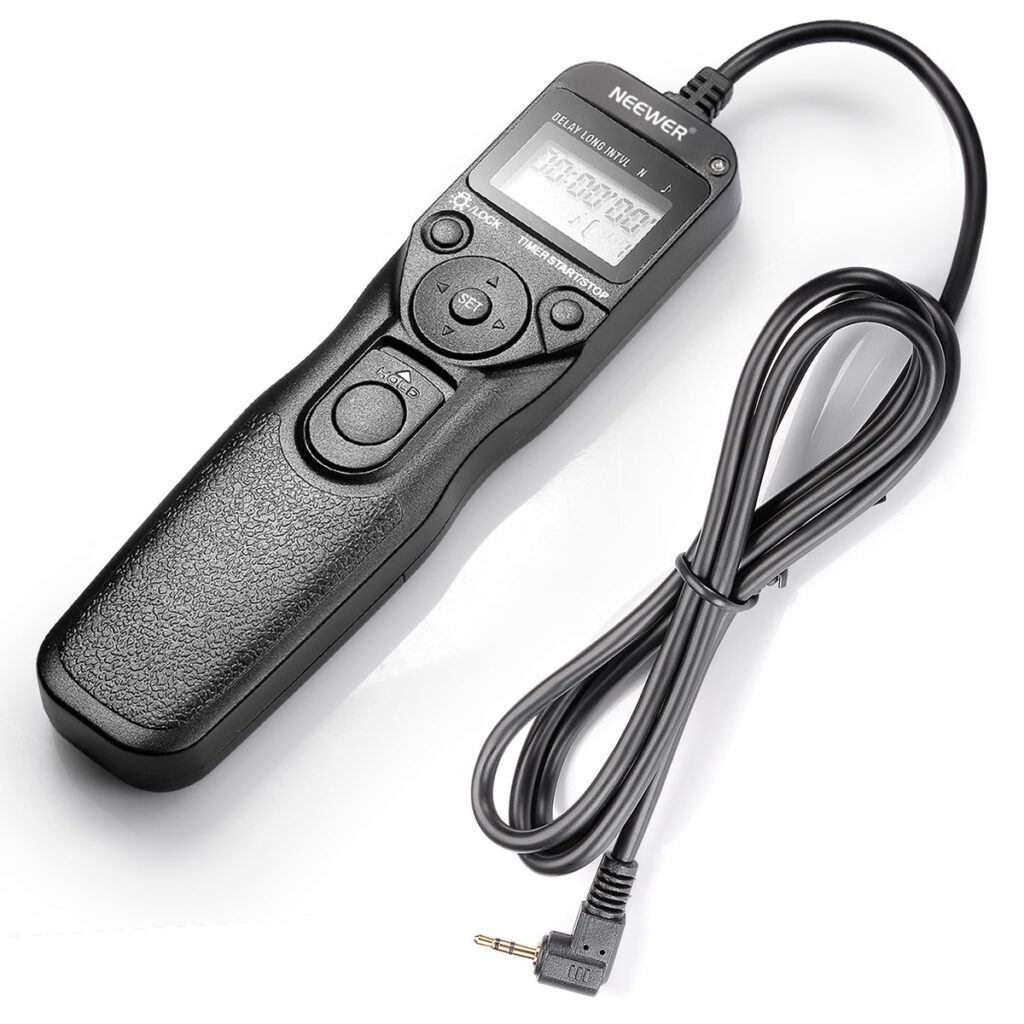
Others require a physical cable-release device, which can be attached to the camera’s specialized socket or the flash hot-shoe.
Remote shutter releases range in complexity and price from the most basic, which simply allow you to take a photo by pressing a button, to the most advanced and expensive models, which include advanced timing (intervalometer) features that allow you to delay the shutter release or take a sequence of photos at specific intervals.
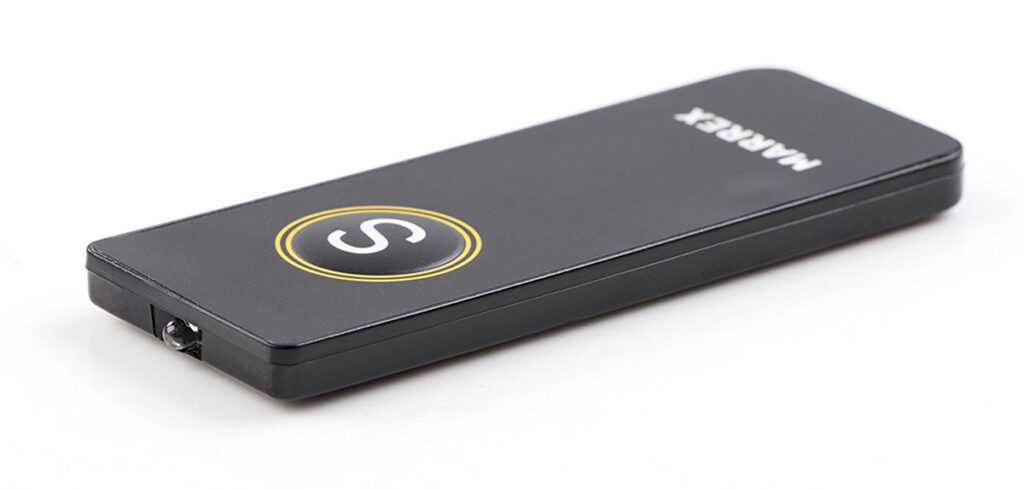
You can even use an app on your smartphone to trigger the shutter on some cameras. Check the user guide for your camera to determine if this is an option.
Ensure that the remote shutter release you purchase is compatible with your camera.
Conclusion on camera accessories
Being a photographer necessitates the use of camera accessories. The use of a lens and a tripod is absolutely important. Just to get started, you’ll require them. Other camera accessories, on the other hand, are designed to make your life easier while also improving your artistic output.
Everything on this list is something you should have in your camera bag. We provide the best camera accessories to satisfy any photographer’s needs, allowing them to perform at their best.
If there are any camera accessories that we haven’t mentioned, please let us know in the comments section.
Click here to see and buy additional accessories.
KNOW MORE ABOUT
Lenses click here
Accessories click here
Camera bags click here
Vlogging Camera click here

